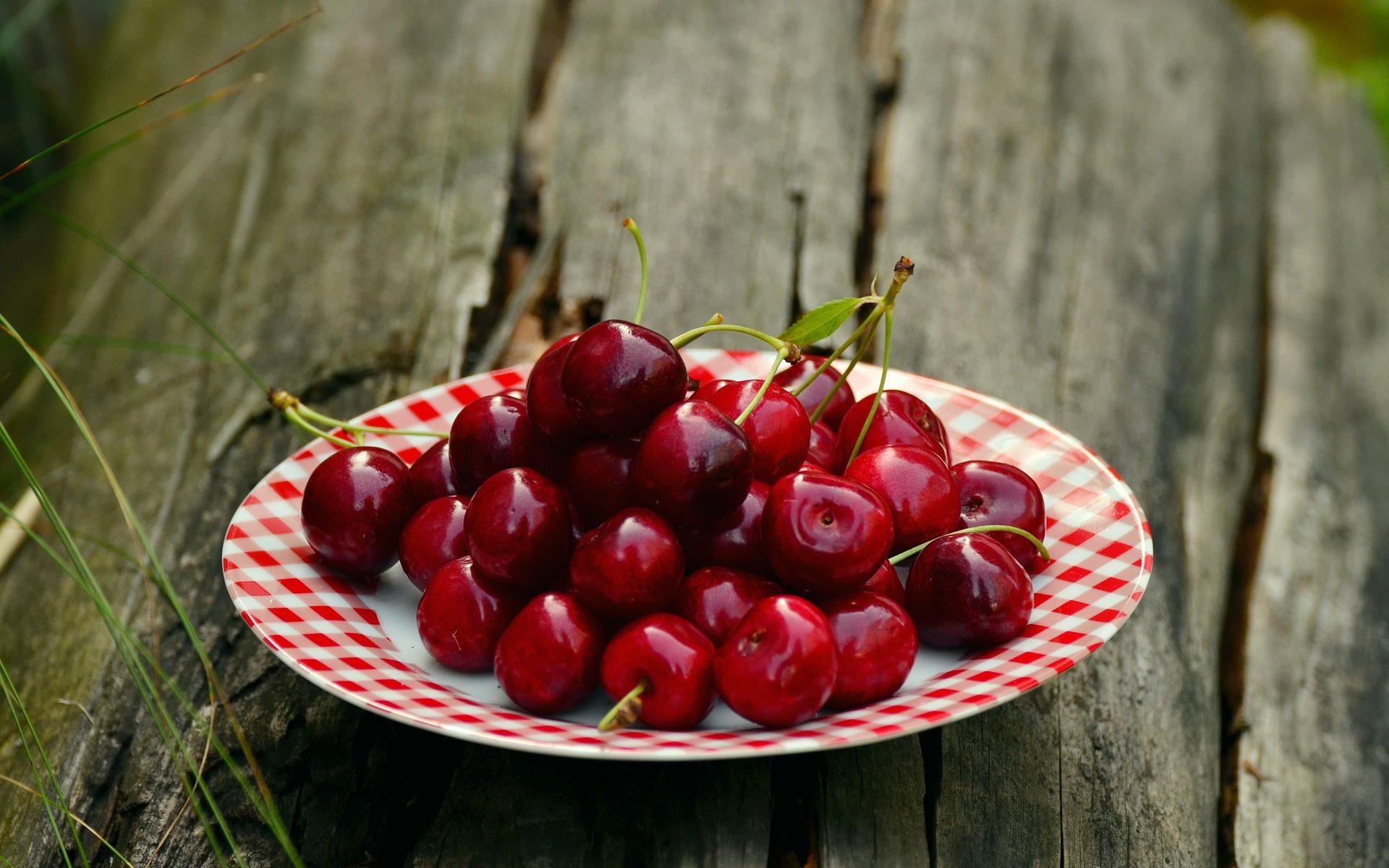The fruits of the cherry are one of the most early ripening: certain varieties in Bulgaria ripen even at the end of May. The pleasant taste and the rich content of sugars, acids, mineral salts and vitamins make cherries inestimably wanted for consumption in the fresh state and for processing.
Even in the future state orchards will not satisfy fully the market and the food processing enterprises with this valuable fruit due to the large expense of labor when harvesting, small keeping qualities and poor transportability. In private farms there are large opportunities for self-sufficiency and for the market production equally.
Biological and botanical features.
The cherry tree grows strong and forms a powerful but relatively loose crown. Most varieties form natural storey crown with well developed central branch. Under appropriate conditions and good care the cherry gives fruit regularly and thoroughly for 40-60 and more years. It is in blossom early, due to which often receives frostbite and at low temperatures and rain pollination and fertilization are difficult. These are the most common causes of unsatisfactory yields and sometimes for the full compromise of the harvest.
Varieties of the cherry are extremely self sterile, which makes the planting of several ones in one garden necessary. There are some intersterile group sorts known which cannot be pollinated between themselves. Such including Napoleon, Bimg and Lambrit, Hedelfingen and Black Large, and others.
The cherry tree is light loving type. For our conditions the light is not a limiting factor but for planting there must be determined some optimal distances. Depending on the soil and the climate conditions in the private orchards they may be from 5 to 7 metres between the lines and from 4 to 6m. in the row.
In respect of the temperatures the cherry is comparatively demanding. In the winter period there occur frostbites of buds at temperatures below -27, – 28°C. In some southern slopes there sometimes are formed frost fighting cracks in the stem bark and the thick branches. Particularly adverse for the cherry are places with extreme temperature fluctuations at the end of the winter and the beginning of spring. Unsuitable are and the places with cold, rain and windy spring, which makes it difficult for the bees to fly and many of the blossoms remain unpollinated and unfertilised. If there happen to be extreme heat before the ripening period, fruit remain small and jittery. Winter – spring rainfall in Bulgaria in most areas is sufficient for its growth without watering. The early ripening of the fruit and the early closure of the growth are favourable. Frequent and prolonged rainfall during the period of ripening contributes to the cracking of the fruit. This results in a mass rotting.
The cherry tree develops well on rich, deep in wet and well аired soils with moderate content of lime. Drier and limestone soils must be planted with varieties grafted on ash. Unsuitable are cold, over wet, heavy clay soils and also the places with a high level of groundwater which cause resin leaking, low growth, drying of branches and premature environmental fate of plants.
Varieties.
For private farming the most appropriate are the following varieties listed in the order of ripening: Bigaro Byurla, Early Black Large, Bigarо Moro, Hebros, Bing, Droganova Yellow,
Napoleon, Kozerska. Germesdorf, Van, Starking Hardy Gigant, Hedelfinger, Rainier, Lambert .
Cultivation.
The cherry is not a capricious culture for growing. Fertilization and especially the processing of the soil are some of the most important events. Picking the fruit is the most arduous is (65 – 70 % of the total cost of labor). To facilitate fruit gathering the cherry trees must be cut with low crowns – with a stem of about 60 – 70cm. In young plantations pruning must be limited to a minimum and shall be made only slightly bunching. In the fruit giving period there are not harvest cuts. In comparison with other species of it needs to be much lower lightening of the crown. When case of aging fruit giving branches are necessary to be cut every 3 to 4 years and anti-aging harvest cuts are applied.
Most often the cherry tree is attacked by early brown rot, chamois, bacterial cancer and certain virus diseases. From the enemies most hazardous is the Cherry fly, which causes worming of fruit of the later varieties. The cherry is attacked also by the morelo sour cherry wasp, which destroys the green tissue of the leaves, by the black cherry leaf louse, by the cherry pitcher and etc.
